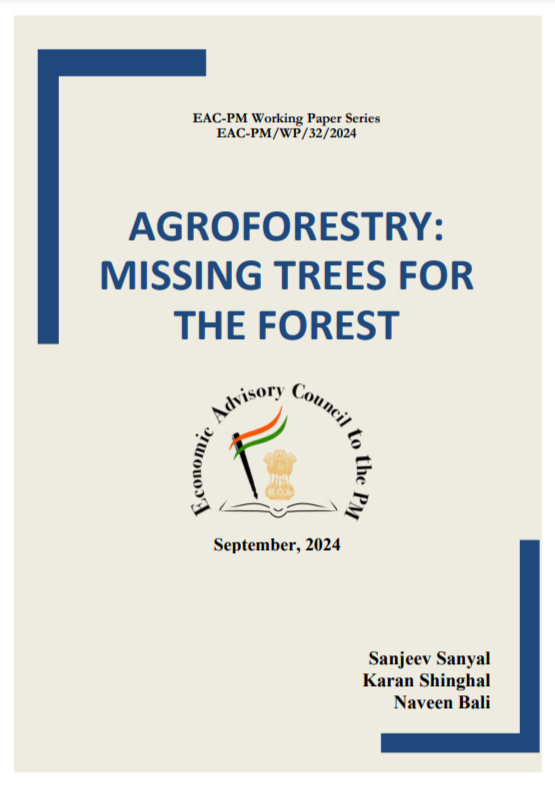Despite being a tropical country, India has not been able to unlock the full potential
of agroforestry. India’s agroforestry sector remains under-utilised and stifled by regulation.
According to a study published in the journal of “Environment, Development and
Sustainability”, as of 2021, the area under agroforestry (defined as tree cover per cent greater
than 10 per cent on agricultural land) is estimated to be around 28 million hectares, which is
a mere 17 per cent of total agricultural land and is far less when compared to the global
average of 43 per cent. Agroforestry is India’s primary source of timber. As per the Indian
Council on Forest Research and Education (ICFRE), over 93 per cent of India’s domestic
timber was produced by “trees outside forests”, a majority of which are agroforestry plots.
However, a stringent, complex and cumbersome regulatory policy combined with a
conservation-led approach to forestry has stifled the growth of agroforestry in India.
Consequently, India has become a net importer of timber. In 2023, India imported over
USD 2.7 billion worth of timber1
(ITTO 2023), which equals almost 12 per cent of all agrobased imports for the same year (Damodaran 2024)




